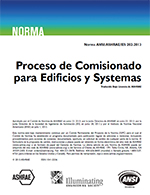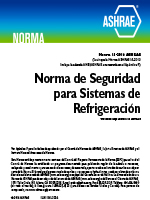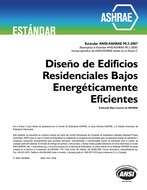Description
Most of California’s light commercial buildings use air transport through ductwork for thermal distribution. The same air distribution systems are often used to provide both thermal comfort and ventilation for these buildings. Some air distribution ductwork is installed on rooftops, exposed directly to the outside environment. As such, there exist potential energy penalties related to externally installed ductwork. In order to evaluate the magnitude of these penalties, a case study was conducted of a one-story community college building located in California’s Sacramento Valley. The majority of the building’s air distribution ductwork was located on the roof. Energy-related issues studied in this case included duct-related thermal losses (duct leakage and conduction), delivery effectiveness and efficiency, and the effect of a roof retrofit. The building in this study underwent a retrofit project involving additional insulation and a highly reflective coating applied to the roof and ducts. As part of this project, methods were developed to analyze the air distribution system effectiveness independent of the introduction of outside air through an outside air damper. A simplified model was developed to predict the effectiveness and efficiency of the distribution system. The time frame of the retrofit allowed two separate three-week monitoring periods, pre- and post-retrofit, during the summer of 1995. Despite the fact that the ducts started with a conduction efficiency of 97%, the delivery efficiency was on average only 73% (with a supply side effectiveness of 78% and return effectiveness of 92%). This is due to the losses from the ducts being located on the roof. The retrofit increased the delivery efficiency to an average of 89% (with a supply side effectiveness of 90% and return effectiveness of 99%), reducing the average energy use for conditioning by 22%. The simplified model predicted, on average, the effectiveness and efficiency results within 10%, or better, of measured results.
Units: Dual
Citation: Symposium, ASHRAE Transactions, 1998, Vol. 104, Part 2, Toronto, ON
Product Details
- Published:
- 1998
- Number of Pages:
- 11
- File Size:
- 1 file , 240 KB
- Product Code(s):
- D-7712




